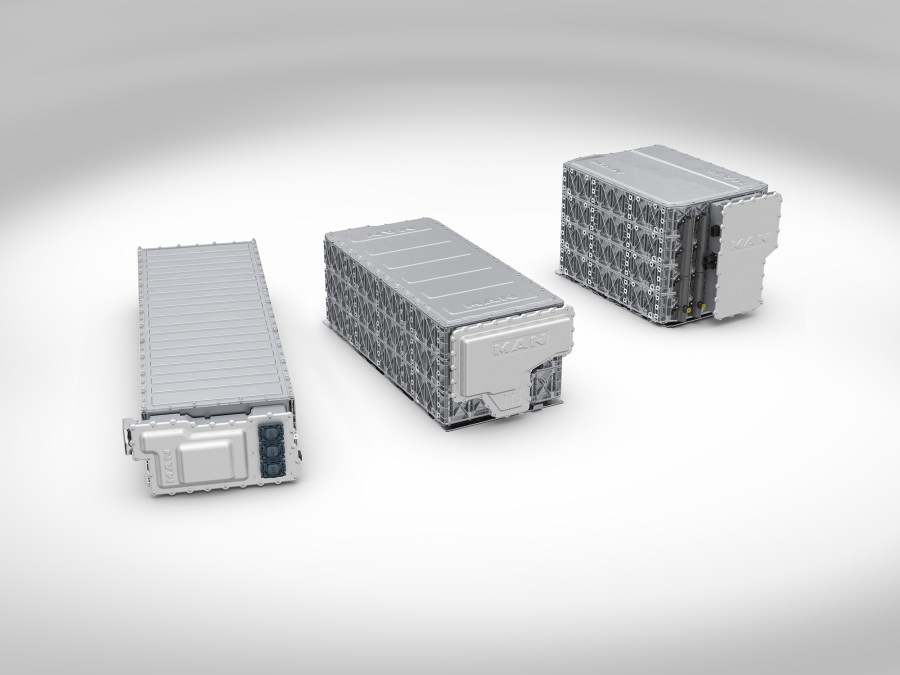MAN sees the greatest potential for climate-friendly drives in battery electric drives.
As a result, the company is working on post-usage strategy for its batteries.
The aim is to extend the life of the batteries in the first step.
However, if this is no longer possible, there are there are other options.
There is no escaping that battery electric drives will be the key technology of the future.
For example, in the truck sector, MAN expects that electric trucks will have a share of 60% in distribution applications in 2030.
In addition, the figure for long-haul trucks powered by batteries will be 40%.
Therefore there is a need to work on solutions that are climate-friendly, considering the scarce resources.
Batteries reaching the end of their service life in vehicles will reach industrial levels in around 10 to 15 years.
But MAN is working on developing a strategy for how the valuable batteries can be used in a resource-conserving manner in secondary applications.
Analysis starts with the first life of the battery in the vehicle.
Here, the focus is on training customers to drive, charge and use the vehicles so that battery load is minimised.
As a result, the the service life of the battery is increased.
If parts of the battery pack suffer a defect, repair is planned as a first measure.
If battery packs can no longer be used as so-called traction batteries, they are forwarded to secondary applications.
Currently, there are three options for this process.
Firstly, a second use in the vehicle after factory repair – otherwise known as a second use.
Secondly, there is the option of a second battery life, for example as buffer storage of solar or wind power installations.
Finally, there is the climate-friendly option of recovering battery raw materials for new batteries.






